Efforts to negotiate passion fruit export
Recently, the Plant Protection Department (PPD) in collaboration with the Australian Embassy in Vietnam organized the "Announcement Ceremony of exporting Vietnamese passion fruit to Australia and Australian plum to Vietnam". Mr. Huynh Tan Dat - Director of the Plant Protection Department said that Vietnam has potential and advantages in tropical fruits. Currently, Vietnamese fruits are exported to more than 60 countries and territories. Passion fruit alone is exported to 20 countries, in many forms such as fresh fruit, frozen fruit, and juice.
"The area of passion fruit cultivation is increasing, with an area of more than 12,000 hectares, mainly concentrated in the northern mountainous region. Currently, passion fruit is also being interested in and expanded in many provinces of the Central Highlands," said Mr. Dat.
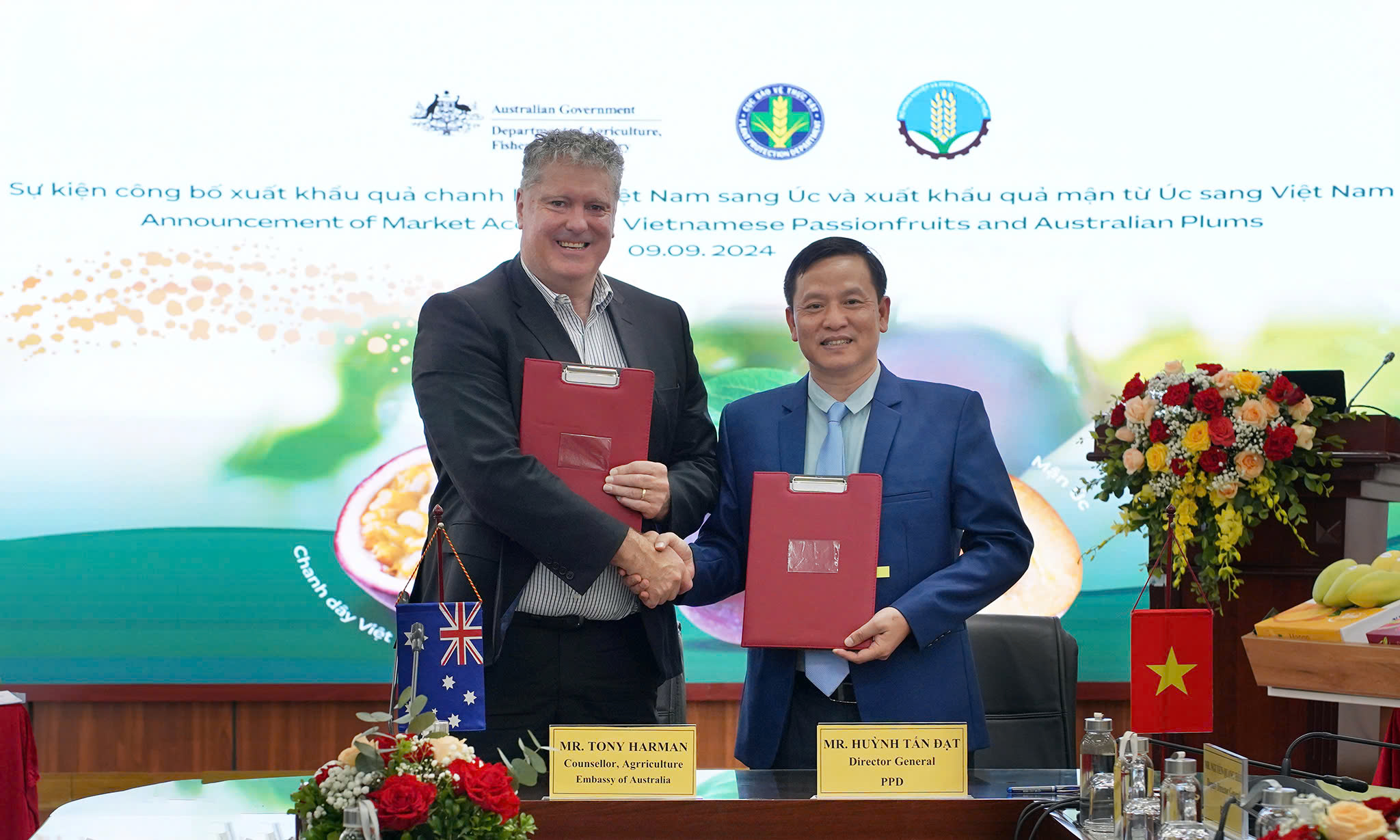
Director Huynh Tan Dat and Australian Agricultural Counselor in Vietnam Tony Harman exchanged the minutes of signing to bring passion fruit to Australia. Photo: Bao Thang
Currently, Vietnamese fruits are exported to more than 60 countries and territories. Passion fruit alone is exported to 20 countries, in many forms such as fresh fruit, frozen fruit, and juice. The area of passion fruit cultivation is currently more than 12,000 hectares, mainly concentrated in the Northern mountainous region, and many provinces in the Central Highlands are interested in expanding the area.
In recent years, Vietnam has focused on improving quality, chain production, and ensuring traceability of passion fruit, focusing on two varieties of yellow and purple passion fruit.
Regarding the Australian market, Mr. Huynh Tan Dat said that in recent years, the agricultural sectors of the two countries have made great efforts in exchanging information and negotiating so that Vietnam can bring many types of agricultural products and fruits to Australia, which is considered one of the most demanding markets.
"Although your requirements for plant quarantine and food safety are very high, many types of Vietnamese agricultural products and fruits have met the requirements, proving that our production processes, production management solutions, harvesting, preliminary processing, and packaging are strictly implemented, and pesticide residues and heavy metal residues are well controlled, so they are accepted by the markets," said Mr. Dat.
According to Mr. Dat, the negotiation process to bring passion fruit to Australia is not easy because Australia also grows passion fruit and has many unique, high-quality products. However, Vietnamese passion fruit with its own flavor should satisfy the tastes of Australian consumers.
"Passion fruit is the fifth Vietnamese product licensed for export to the Australian market, after mango, longan, lychee, and dragon fruit. In the coming time, we will prioritize negotiations to bring grapefruit to Australia. If nothing changes, we will announce it in early 2025. After that, it could be seedless green lemons, avocados, and custard apples..." - Mr. Dat said.
Mr. Andrew Goledzinowski - Australian Ambassador to Vietnam said that the trade relationship between agricultural products, including fruits, between the two sides has continuously developed in recent times. Many quality fruits from one country have appeared in the other country's market. "Vietnam and Australia have truly become close friends. What we have achieved today is based on trust and joint efforts" - Mr. Goledzinowski shared.
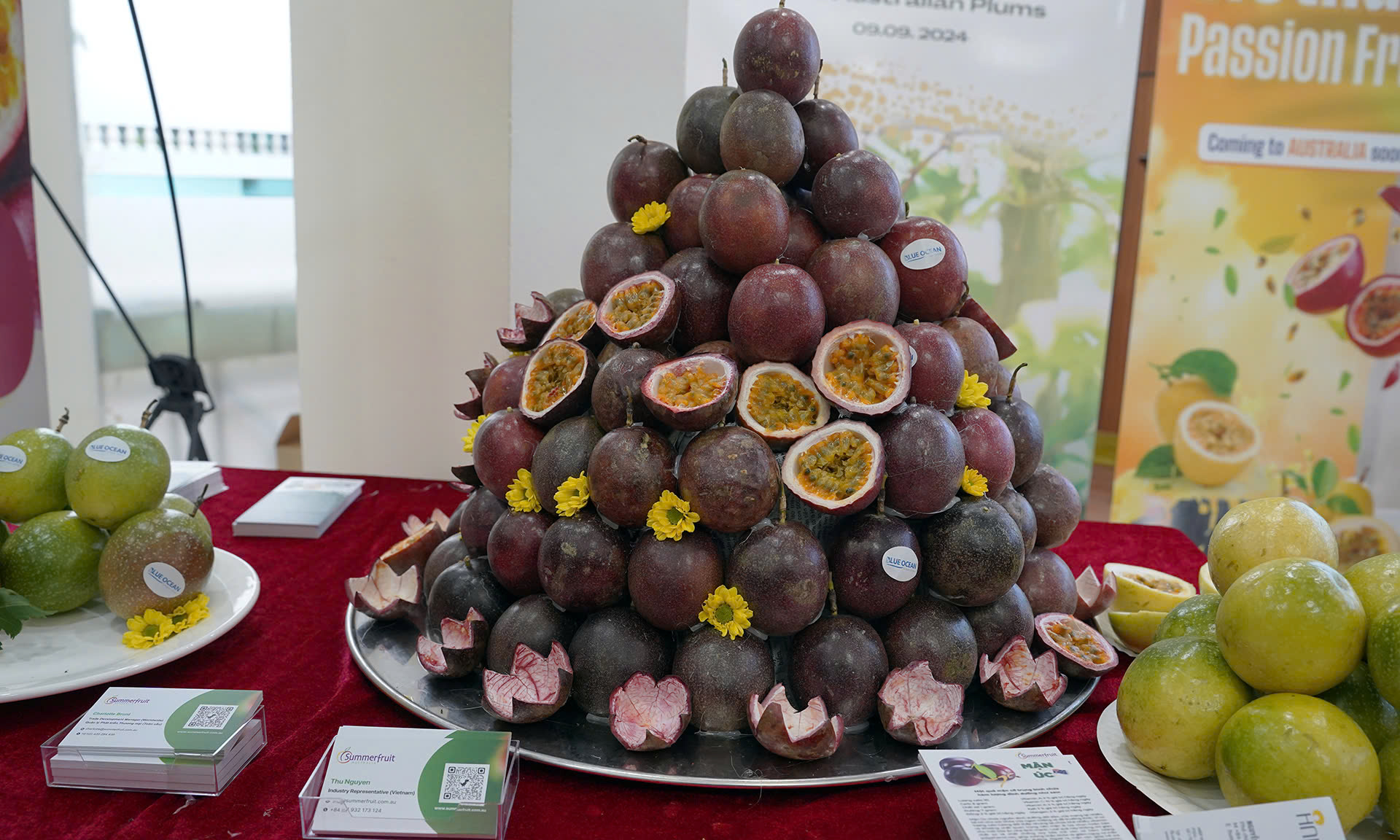
Vietnamese passion fruit meets the tastes of Australian consumers.
Passion fruit for export is packed in a sealed carton without ventilation holes, or a carton with ventilation holes but must be sealed with a mesh with a hole size of no more than 1.6mm and a fiber thickness of no less than 0.16mm. The packaging must contain the following information in English: Passionfruit, Product of Viet Nam for Australia, Packing facility code/name, Processing facility code/name, Processing identification number (TIN).
In addition to jointly announcing the import of passion fruit and plum, the Australian Ambassador also said that this country is supporting Vietnam to implement 200,000 hectares of quality rice, reducing emissions in the 1 million hectare rice project that the Government and the Ministry of Agriculture and Rural Development are interested in.
Commenting specifically on Vietnamese passion fruit, Ambassador Goledzinowski said that this fruit is "very delicious". He and his family often use it every day, even for breakfast. In addition to promoting and opening the market for passion fruit and plum, in the coming time, the two countries will continue to complete the final stages so that Vietnamese grapefruit and Australian blueberries will be available in the partner market.
Conditions for Vietnamese passion fruit to enter Australia
Mr. Nguyen Quang Hieu - Deputy Director of the Plant Protection Department said that since 2016, the Plant Protection Department has initiated the negotiation process to open the export market to Australia. Over the years, the two sides have actively coordinated to promote the process of pest risk analysis and information exchange to reach an agreement on plant quarantine requirements for passion fruit imported into Australia. To date, the two sides have reached an agreement and passion fruit is allowed to be imported into Australia along with dragon fruit, lychee, longan and mango.
According to the agreement on the Vietnam Passion Fruit Export Plan to Australia (OWP), some of Australia's biosafety import conditions (BICON) for Vietnamese passion fruit that need to be noted are as follows: Passion fruit including the whole fruit including peel, flesh, seeds, with or without a small stem (maximum 3cm) produced commercially in Vietnam is allowed to be exported to Australia for consumption purposes. Passion fruit gardens exported to Australia can be registered according to the instructions in Document No. 1776/BNN-BVTV.
Packing facilities and processing facilities must be approved and registered according to the guideline No. 1776/BNN-BVTV on the registration and management of gardens and packing facilities for agricultural products for export. Passion fruit shipments exported to Australia must be irradiated at an approved irradiation facility, with a minimum absorbed irradiation dose of 400 Gy.
Conduct plant quarantine inspection before export according to the provisions of Circular No. 33/2014/TT-BNNPTNT and national technical regulation QCVN 01-141:2013/BNNPTNT. If quarantine objects are found to be fruit flies, mealybugs, or pod borers, continue with irradiation treatment. If objects are found to be thrips or spiders, discard the shipment or remediate and re-inspect.
"To ensure full compliance with requirements on plant quarantine and food safety for passion fruit exported to Australia, the Plant Protection Department will coordinate with specialized agencies in localities to disseminate regulations on plant quarantine and food safety; provide guidance on establishing and granting codes for growing areas and facilities for packing passion fruit for export, etc.
The Plant Protection Department wishes to widely announce the quarantine requirements for fresh passion fruit imported from Vietnam to Australia to relevant management units, organizations, individuals, and businesses exporting passion fruit to Australia for information and quick implementation," said Mr. Hieu.
Director Huynh Tan Dat also recommended that passion fruit growing areas must apply good agricultural practices (VietGAP) during the production process, control food safety and plant quarantine, minimize the use of chemicals to protect plant health; control heavy metal and microbial residues to meet food safety regulations of the Australian market.
Source: https://danviet.vn/chanh-leo-viet-nam-chinh-thuc-nhan-giay-thong-hanh-sang-uc-202409121639381.htm


![[Photo] Readers line up to visit the photo exhibition and receive a special publication commemorating the 135th birthday of President Ho Chi Minh at Nhan Dan Newspaper](https://vphoto.vietnam.vn/thumb/1200x675/vietnam/resource/IMAGE/2025/5/17/85b3197fc6bd43e6a9ee4db15101005b)
![[Photo] Prime Minister Pham Minh Chinh chairs meeting on science and technology development](https://vphoto.vietnam.vn/thumb/1200x675/vietnam/resource/IMAGE/2025/5/17/ae80dd74c384439789b12013c738a045)

![[Photo] More than 17,000 candidates participate in the 2025 SPT Competency Assessment Test of Hanoi National University of Education](https://vphoto.vietnam.vn/thumb/1200x675/vietnam/resource/IMAGE/2025/5/17/e538d9a1636c407cbb211b314e6303fd)




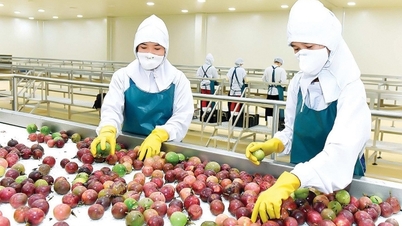
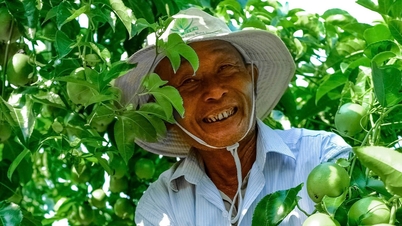

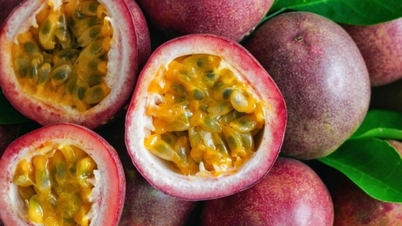

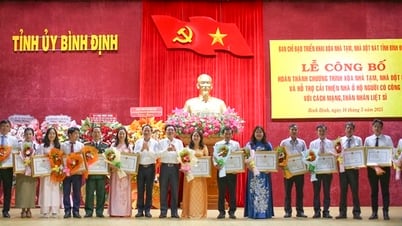

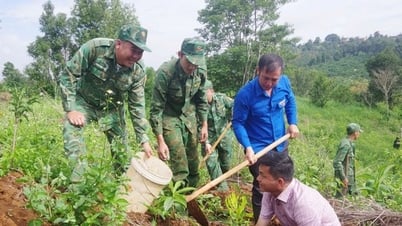
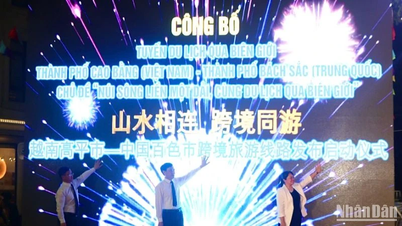

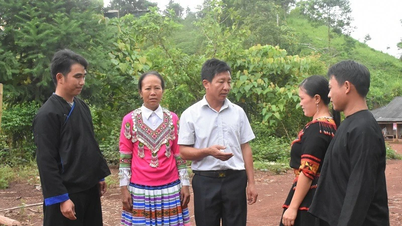
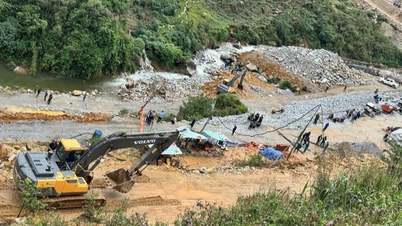
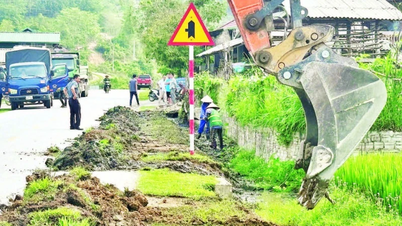






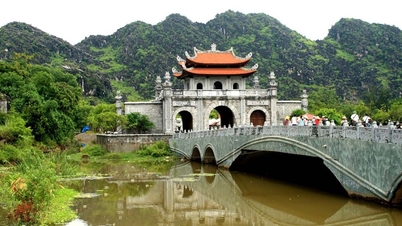
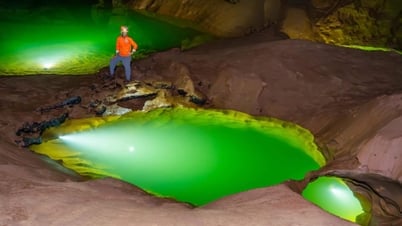
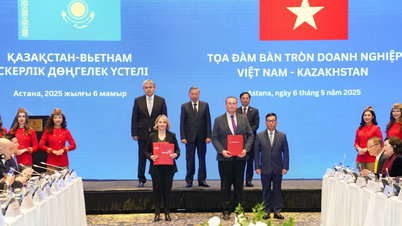

![[Photo] Nearly 3,000 students moved by stories about soldiers](https://vphoto.vietnam.vn/thumb/1200x675/vietnam/resource/IMAGE/2025/5/17/21da57c8241e42438b423eaa37215e0e)























































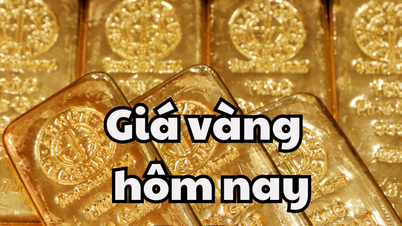
















Comment (0)